
There are many ways to propagate houseplants, and each method has its own set of benefits and challenges. In this blog post, we will explore some of the best methods for propagating houseplants, including stem cuttings, leaf cuttings, and division.
Stem cuttings are perhaps the most common method of propagating houseplants. To take stem cuttings, simply cut a healthy stem from the mother plant using a sharp knife or scissors. The stem should be about 4-6 inches long and have at least two or three leaf nodes (the small bumps on the stem where leaves or roots will eventually grow).
Next, remove the lower leaves from the stem and dip the cut end in rooting hormone. This will help the cutting develop roots more quickly. Place the cutting in a well-draining potting mix, making sure the leaf nodes are buried just below the surface of the soil. Water the soil lightly and place the cutting in a warm, humid location out of direct sunlight. Keep the soil moist but not soggy, and within a few weeks, the cutting should begin to develop roots.
Leaf cuttings are another popular method of propagating houseplants. To take leaf cuttings, simply cut a healthy leaf from the mother plant using a sharp knife or scissors. The leaf should be free of any damage or disease. Dip the cut end of the leaf in rooting hormone, then place it in a well-draining potting mix, burying the cut end just below the surface of the soil. Water the soil lightly and place the cutting in a warm, humid location out of direct sunlight. Keep the soil moist but not soggy, and within a few weeks, the cutting should begin to develop roots.
Division is another effective method of propagating houseplants. To divide a plant, simply remove it from its pot and gently separate the root ball into smaller sections. Each section should have at least one healthy stem and a good number of roots. Replant each division in its own pot filled with well-draining potting mix, and water them well. Place the plants in a warm, humid location out of direct sunlight and keep the soil moist but not soggy. Within a few weeks, the plants should begin to establish themselves in their new pots.
In conclusion, stem cuttings, leaf cuttings, and division are all effective methods for propagating houseplants. Each method has its own set of benefits and challenges, so it's up to you to choose the one that best suits your needs and skills. With a little patience and care, you can easily propagate a wide variety of houseplants and enjoy the beauty and benefits of plants in your home for years to come.
Recommended Blogs

How to Ship Plants
Shipping plants is actually easier than you think and quite common! At Blossm, many of our community members ship plants all over the country! Best practices for shipping plants.
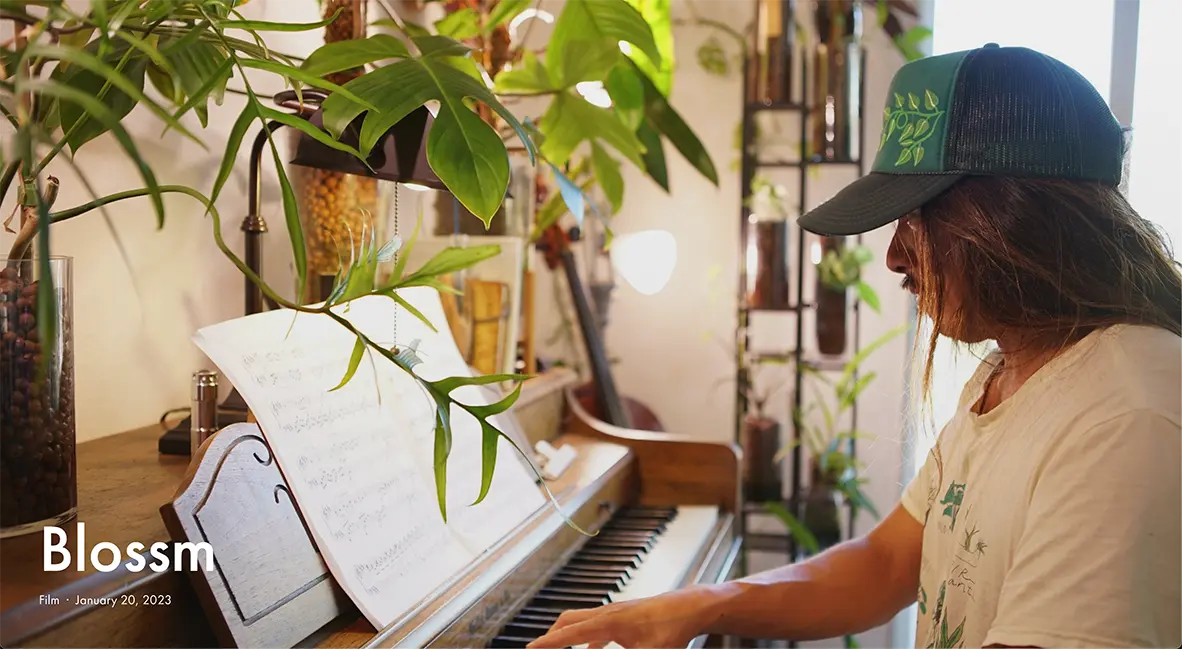
Plant Pop - Meet Brian Feretic & Hear How Blossm Grew into a Flourishing Plant Community
After discovering his love for plants, Brian was eager to spread the joy that he gets from them to others in his community. One day, he found himself exchanging one of the plants he had propagated, a rubber plant, with a neighbor, who let him pick one from her garden.
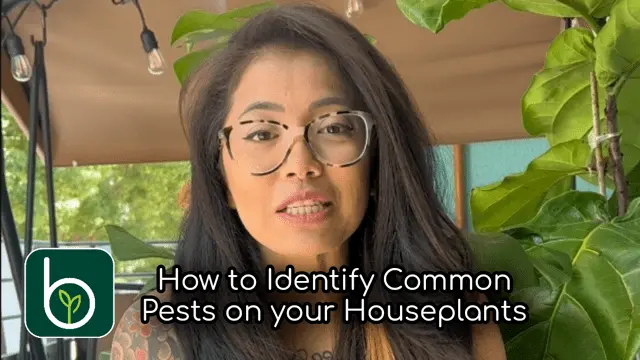
How to Identify Common Pests on your Houseplants
Identifying common pests on houseplants is essential for maintaining their health. We first start looking for signs of damage such as holes, discoloration, or wilting.
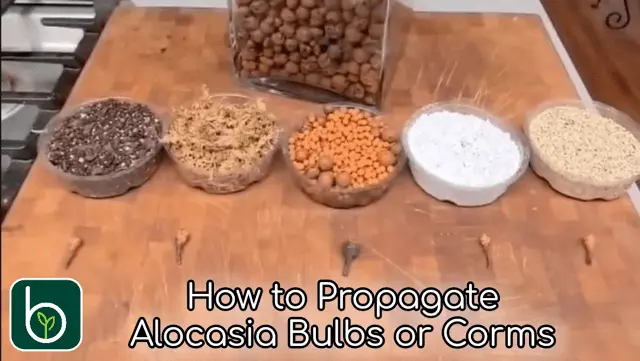
How to Propagate Alocasia Bulbs or Corms
It's plant experiment time again! "Which medium is best to propagate an alocasia corm or bulb?" When I was repotting one of Alocasia plants, I uncovered a bunch of baby bulbs or "corms" that were growing on my Alocasia Cuprea momma plant.
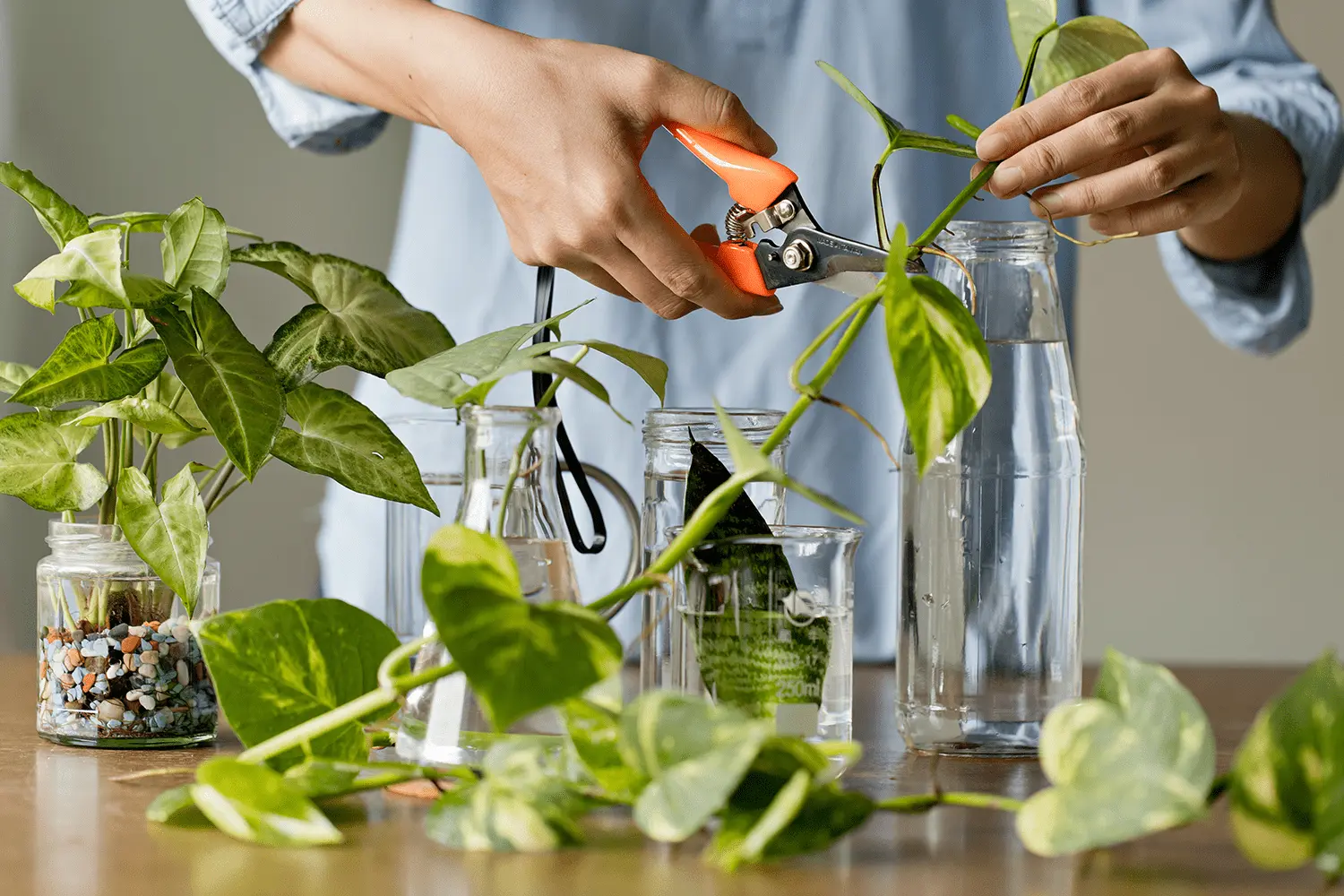
The Best Rooting Hormone for Plant Propagation
About six weeks ago, I started a plant experiment to compare the different types of rooting hormone for propagating my houseplants.
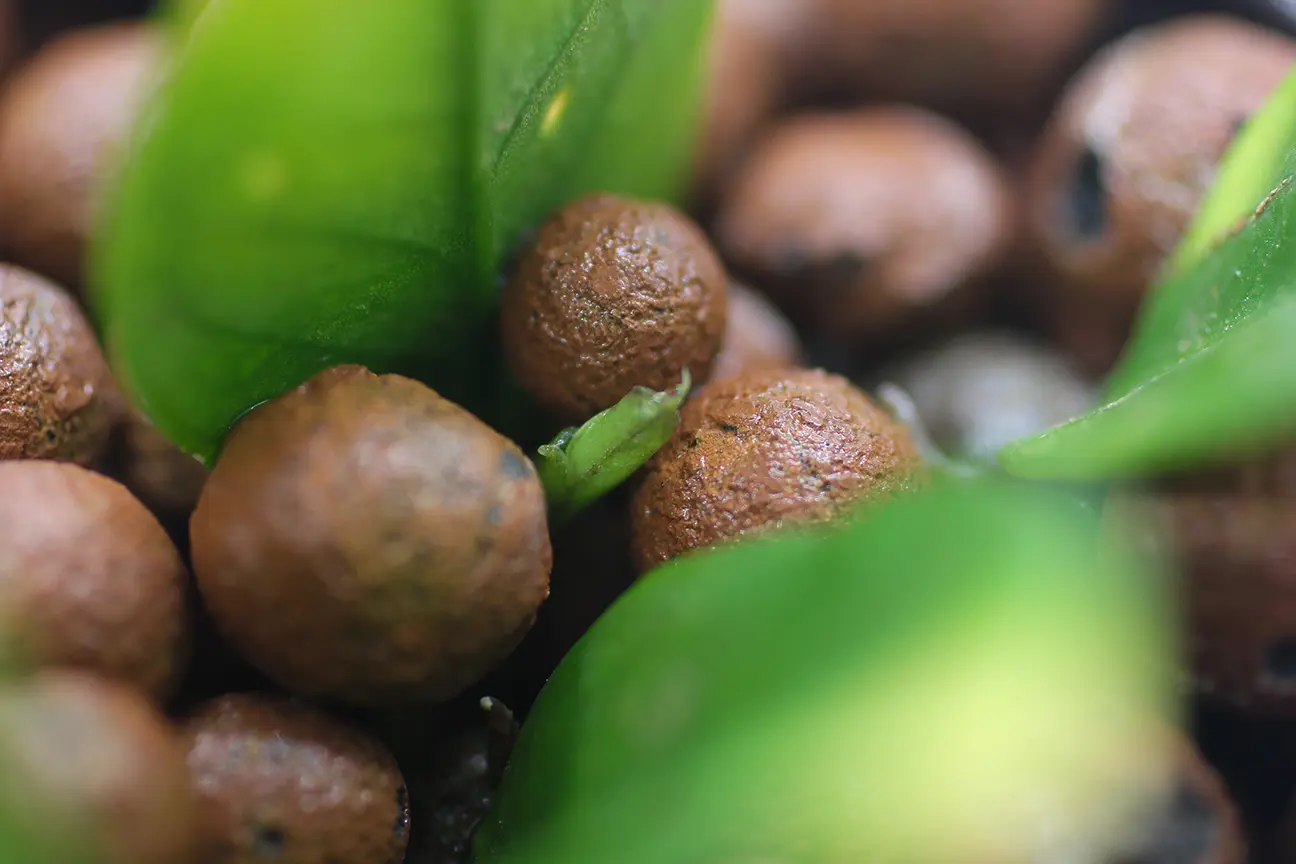
The Benefits of Growing Plants in Leca
We have grown to really love using LECA (Lightweight Expanded Clay Aggregate) for almost all of our plants. LECA has been used in semi hydroponics and has gotten more popular throughout the years for gardening and horticulture.

The Blossm Plant Community is My Form of Therapy 💚
As a first time founder, I didn't really fully understand what I was getting myself into... I knew Blossm would need at least 3-5 years to see it through, and the journey was going to be extremely difficult, but I didn't truly understand the magnitude of the rollercoaster ride of #startuplife.